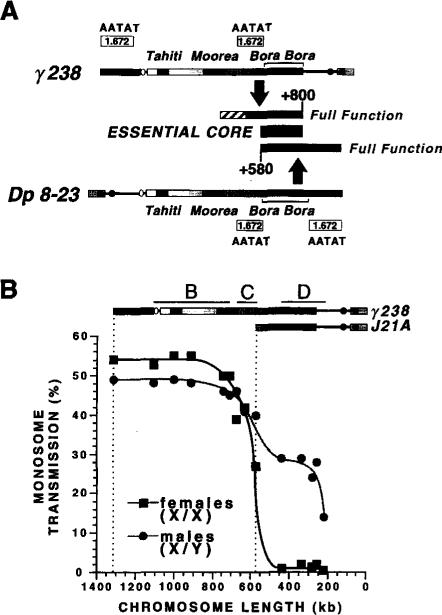Figure 6. Summary of the Regions Required for Dp1187 Transmission.
(A) Localizing the Dp1187 centromere. Summary of the results from the transmission tests of the Dp 8-23 and γ238 derivatives. For the γ238 derivatives (Figures 4 and 5), the +510 to +800 region (stippled box) promoted moderate stability, whereas another 140 kb of centric heterochromatin was necessary for full function (stippled diagonals). The sufficiency of the +580 to +1000 region (lower stippled box) was demonstrated with the Dp 8-23 derivatives (Figure 1C). Thus, the +580 to +800 region of overlap (closed box, Bora Bora) is essential to achieve stable transmission, but 200 kb of flanking heterochromatin on either side of Bora Bora provides a redundant function necessary for completely normal behavior. The left and right flanking regions both contain blocks of the 1.672 (AATAT) satellite DNA (Le et al., 1995).
(B) Comparison of the transmission behavior of γ238 derivatives in males and females. The monosome transmission of y- ry+ derivatives (Y-axis, percent) is plotted relative to length (X-axis, kilobases). Data taken from Figure 4. Note that the shape of the two curves is similar, but transmission in males is affected less by deletion of flanking heterochromatin or the removal of Bora Bora. The breakpoint distributions for groups B, C, and D (Figure 4) are indicated.

